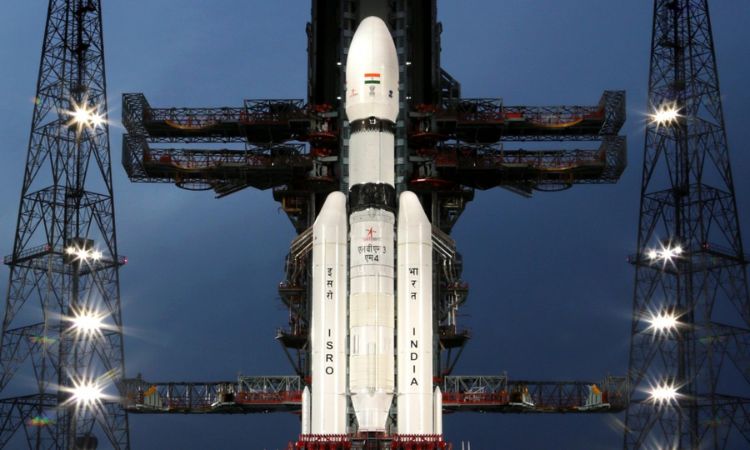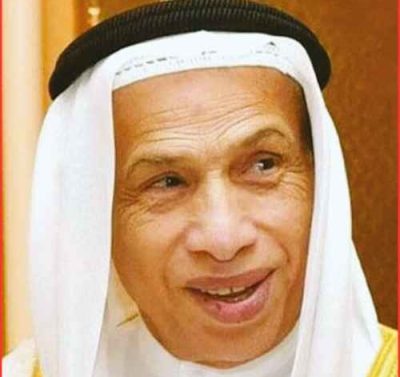India successfully achieved the landing of Chandrayaan 3 at the pole of the moon deploying the Pragyan rover on its surface. President Droupadi Murmu commended ISRO’s accomplishment. Expressed anticipation, for data collection. The gentle touchdown of the Vikram lander signifies a moment, in India’s exploration as the six-wheeled Pragyan rover stands ready to delve into uncharted territory and gather essential knowledge thereby enhancing our understanding of the moon.

Following a triumphant feat on Wednesday evening, India’s Chandrayaan-3 gracefully touched down on the moon’s southern pole. The Indian Space Research Organisation (ISRO) has now verified that the accompanying rover has been successfully released onto the lunar terrain. In a concise tweet, ISRO affirmed the exit of the Pragyan rover from the Vikram lander.
A comprehensive report from PTI outlines that the rover is poised to begin its exploration of the lunar expanse. Its mission entails amassing critical data for the Indian space agency, marking a pivotal achievement in ISRO’s ongoing lunar endeavors.
Extending her congratulations, President Droupadi Murmu lauded ISRO for the smooth deployment of the Pragyan rover. In a message posted on X, she lauded the teamwork and expressed her anticipation, shared with citizens and scientists alike, for the insightful information that Pragyan is anticipated to gather, which will inevitably enrich humanity’s comprehension of Earth’s celestial neighbor.
At approximately 6 pm, Indian Standard Time, on Wednesday, the Vikram lander achieved a delicate touchdown on the moon’s surface. This marked a historic milestone, establishing India as the inaugural nation to reach the moon’s southern pole. Notably, the ISRO-designed six-wheeled Pragyan rover is ingeniously engineered to descend from the lander’s underbelly, utilizing a lateral panel as an inclined ramp.
ISRO’s innovative machinery, encompassing both the lander and the rover, is primed for a two-week operational span, roughly equivalent to a single lunar day. Optimism lingers within the agency for a potential extension of functionality into another lunar day.
The rover’s core mission involves meticulous analysis of the lunar terrain via its APXS (Alpha Particle X-Ray Spectrometer) payloads. This sophisticated instrument facilitates the derivation of chemical composition and the inference of mineralogical makeup, thus propelling our insight into the moon’s enigmatic surface.
ISRO Chairman S Somnath previously explained the mission’s choreography, underscoring the deployment of the ramp and rover post-powered descent onto the landing site. This sequence culminates in a series of experiments, a remarkable feat to be executed within the narrow time span of a single lunar day, equivalent to 14 Earth days.















